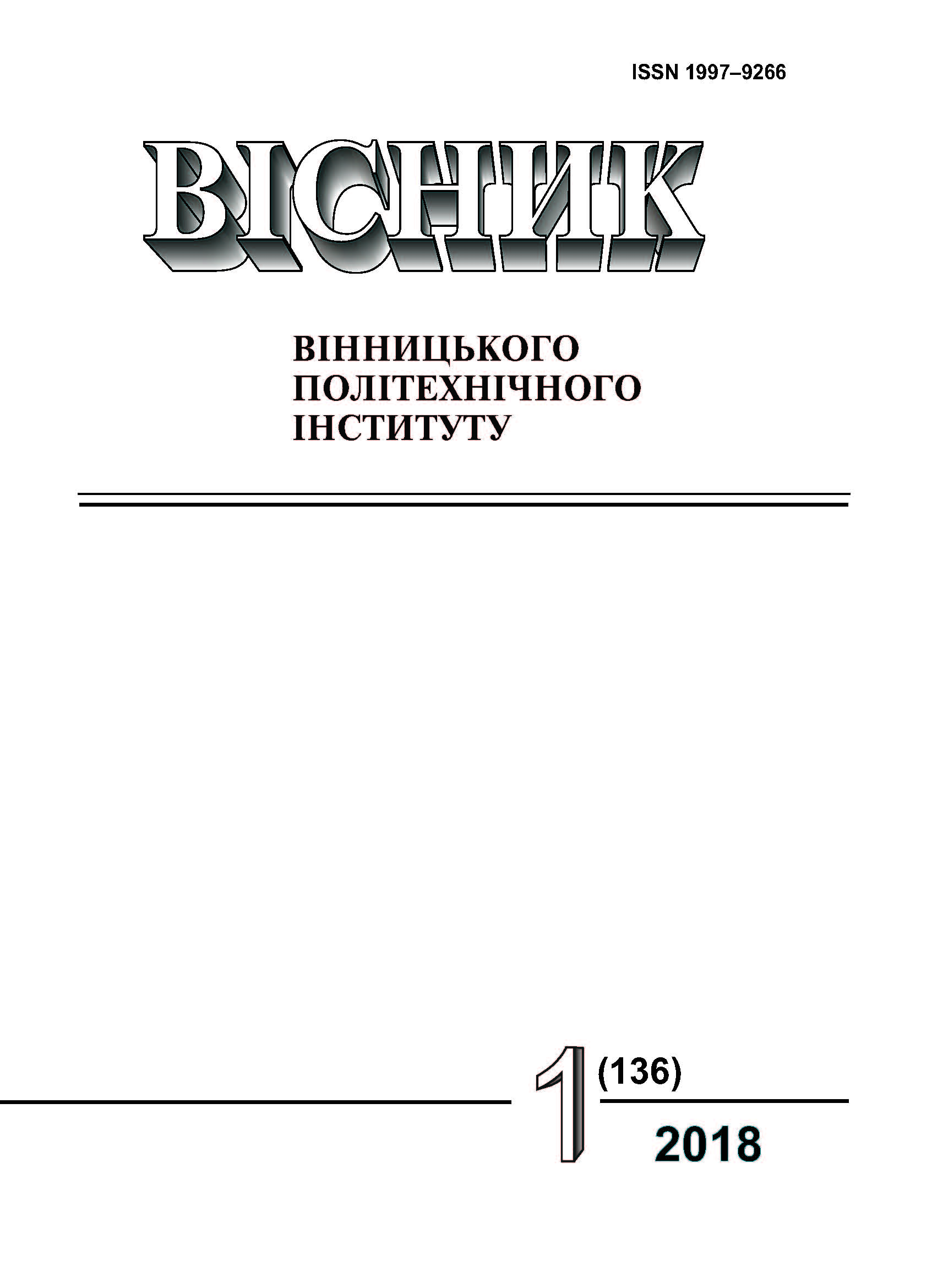The Influence of Moisture content in Thermal Insulating Material on the Thermal State of Castner Furnace
Keywords:
Castner’s graphitization furnace, graphite electrodes, bulk carbon material, moisture contentAbstract
Constant world growth of electric steel production volumes leads to increase of capacities of arc furnaces, which require the usage of high quality graphite electrodes of large sizes. The production and usage of large-scale graphite products is explained by the fact that a diameter increase of the melting electrodes allows to reduce the specific costs of both electricity and electrodes number during the manufactured electrostatic furnace. For graphitization of electrodes of large diameters (600 mm and more), according to the basic technical and economic indicators, it is the most efficient and appropriate to use direct-heating furnaces, which operate using Castner method. The most important factors that mainly affect the quality of finished electrode products are the level of achieved temperatures in carbon blanks and speed of their heating during the graphitization process. What is important, these factors depend on the properties of the selected heat-insulating materials and mainly on its moisture content. In order to study the effect of moisture content in the heat-insulating material on the thermal state of the Castner furnace, a numerical model of the heat-electric state of the graphite furnace was used, which takes into account the thermal effects of the chemical reactions of carbonation gasification, the mechanism of transfer of moisture and water vapor, the conversion of hydrogen and carbon monoxide into a heat-insulating material. On the basis of numerical analysis, the influence of the moisture content of the heat-insulating material on the thermal state of the Castner furnace in the process of graphitization of large-scale electrode billets was investigated. As a result of the analysis of the results of numerical experiments, it has been established that instability of the moisture content of the heat-insulating materials in the furnace requires adjustment the schedule for electric energy introduction into the furnace in order to prevent the mechanical destruction of the blanks due to high speed of their heating in a dangerous temperature range characterized by intense sulfur oxide separation or electricity overrun.
References
[2] Д. Маслов, Разработка алгоритмов и систем управления дуговыми сталеплавильными печами, снижающих поломки электродов", НИУ: МЭИ, 2014.
[3] J. Borlée, Monitoring system for controlling and reducing the electrode consumption in DC EAF plants. Luxembourg: Office for Official Publ. of the European Communities, 2009.
[4] V. Vedin and V. Pirogov, "Improving thermal insulation for graphitization furnaces", Refractories and Industrial Ceramics, vol. 49, no. 6, pp. 416-417, 2008.
[5] R. Arutjunjan, "Integral Equations of the Stefan Problem and Their Application in Modeling of Thawing Soil", Science and Education of the Bauman MSTU, vol. 15, no. 10, 2014.
[6] C. Higman and M. Van der Burgt, Gasification. Burlington: Elsevier Science, 2011.
[7] А. Карвацкий, И. Шилович, и С. Кутузов, "Расчетное обоснование внедрения технологического процесса прямоточной графитации на ОАО «Укрграфит»", Вісник НТУУ “KПІ”. Хімічна інженерія, екологія та ресурсозбереження, Т. 1, № 1, С. 42-46, 2008.
[8] О. Зенкевич, Метод конечных элементов в технике. Москва, Россия: Мир, 1975, 543 с.
[9] Н. Калиткин, Численные методы, 2-е изд. Санкт-Петербург, Россия: БХВ-Петербург, 2011, 586 с.
[10] А. Карвацький, та А. Педченко, "Розв’язання нелінійної нестаціонарної задачі тепло-електропровідності методом скінченних елементів", Вісник ПДТУ. Серія: Технічні науки, Вип. 32, С. 205-214, 2016.
[11] O. Urazlina, V. Churilin, E. Panov, G. Vasilchenko and A. Karvatskii, "Efficiency Analysis of the Use of Highly Graphitized Bottom Blocks in 156–160 kA Aluminum Electrolyzers", Refractories and Industrial Ceramics, vol. 46, no. 2, pp. 93-97, 2005.
[12] D. Kuznetsov, "Shrinkage phenomena in graphitization of preforms in Сastner furnaces", Refractories and Industrial Ceramics, vol. 41, no. 8, pp. 279-282, 2000.
Downloads
-
PDF (Українська)
Downloads: 112
Published
How to Cite
Issue
Section
License
Authors who publish with this journal agree to the following terms:
- Authors retain copyright and grant the journal right of first publication.
- Authors are able to enter into separate, additional contractual arrangements for the non-exclusive distribution of the journal's published version of the work (e.g., post it to an institutional repository or publish it in a book), with an acknowledgment of its initial publication in this journal.
- Authors are permitted and encouraged to post their work online (e.g., in institutional repositories or on their website) prior to and during the submission process, as it can lead to productive exchanges, as well as earlier and greater citation of published work (See The Effect of Open Access).





